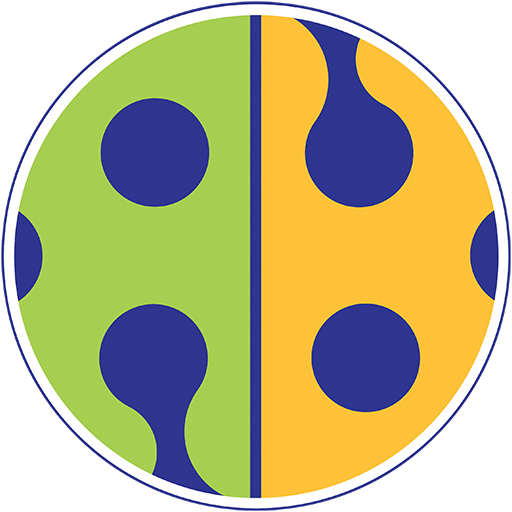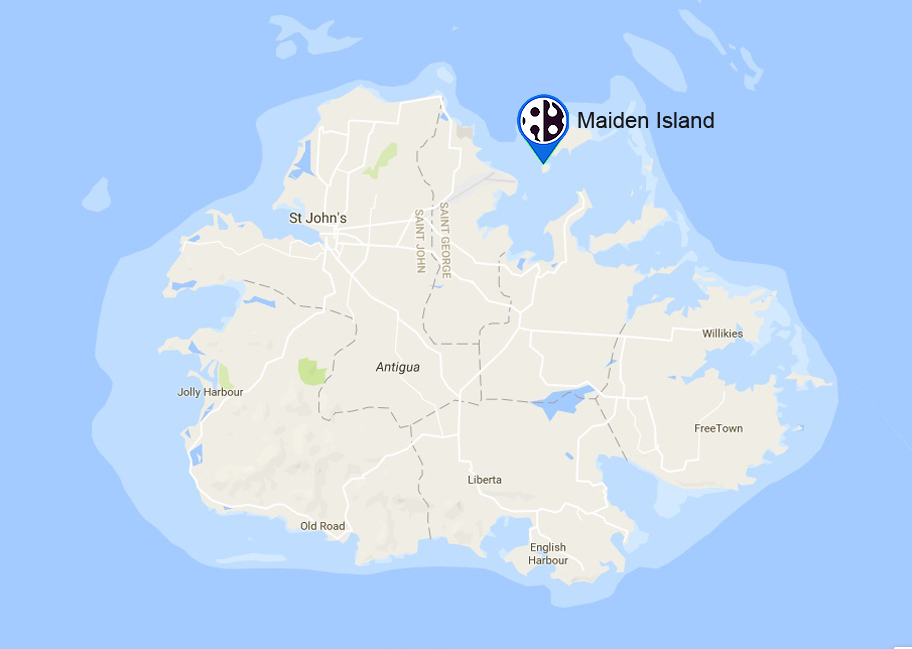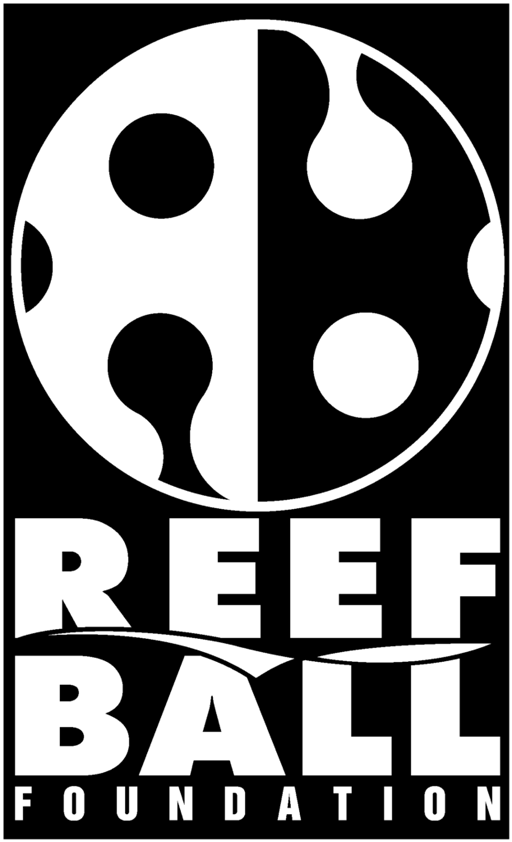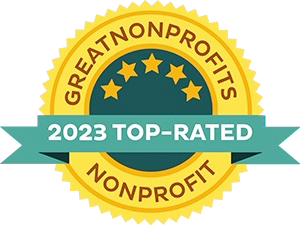Antigua - Maiden Island
Project Related Press
- John Walch - The Marine Aquarium Hobby Helps Build Coral Reefs - December 6, 2004
- CNN's "Global Challenges" Reef Ball Segment (Audio.mp3) Video broadcast Aug 29, 2004. Videos: Medium Resolution (7 Megs Windows Media) Low Resolution (2 Megs Windows Media)
- CNN.com - Transcripts, Headline News Sept. 25, 2004 OR
View Video (7 megs) - July 8th, 2004 "Eco – Enhancing Marine Projects", by John Walch
- Feb 15, 2004 ENN News - Over 7,000 Red Mangroves used in Maiden Island Mangrove Restoration
- Fish, Corals, Algae and Inverts present after construction of the Windward Reefball Reef. (Please send us reports of any confirmed sightings not listed here. (More formal report to follow)
1) Over 5,000 coral colonies of 30 different species were propagated (created new colonies.)
2) Over 17.5 tons of corals from dredging operations were rescued and transplanted onto the Reef Balls with zero coral family loss.
3) 4 new coral species lost from Maiden Island during a category 5 hurricane five years ago were re-established.
4) Over 3000 (free living) rose corals were relocated and saved.
5) Reef Balls were populated with over 500 sea urchins, creating optimal conditions for coral recruitment
6) Near-shore to offshore reef corridors were built to facilitate transport of juvenile fish to adult fish habitat. A large variety of inter-unit spacing changes were also created allowing the greatest possible species diversity.
7) A "pinnacle" reef comprised of 3 large piles of huge Reef Balls - nearly reaching the surface in 20 feet of water and big enough to penetrate as a scuba diver - providing a "sound signature" to host potential fish spawning activity was built. Gray snapper pre-spawn event occurred - with hundreds of very large snapper schooling to spawn - within 3 weeks of building.
8) Hundreds of yards of snorkeling and diving trails were created. All Pallet Ball-sized Reef Balls on the trail (over 100) each have 3 12 inch x 12 inch by 1 inch deep squares to accommodate snorkel trail signs (may also be left as is to serve as trail markers.)
9) We added juvenile lobster recruitment mesh to several Reef Balls and have already observed lobsters on the Reef. Other Reef Balls have a similar material added to create invertebrate diversity. [More may be added by Nova Southwestern as part of a study on invertebrates].
10) We have already documented 73 fish species, 71 Invertebrates, 30 Corals and 26 Algae (plus a turtle) now on the Reef. Increases in fish counts are huge.
11) We stabilized over 9000 pounds of loose live rocks from the area to help reduce hurricane reef damage.
12) The Reef Ball Foundation activated the Coral Propagation and Coral Rescue volunteer teams. There were over 274 man-days of volunteer assistance organized to conduct the project. This included expert volunteers from Australia, England, Holland, Mexico, Curacao, France, Italy, Antigua, Florida, Georgia, New York, Arizona, Turks and Caicos, Mississippi, Malaysia, and more. Locals from Antigua (especially the Optimist Club) astonished us coming out on even rainy days to assist.
13) Reef Balls have never been built faster...we had over 40 molds turning 2-4 times per day running 24-hours per day with shifts of dedicated construction worker averaging 50 at any given time.
14) We deployed on average 60 Reef Balls each day (rain or shine), with coral teams having transplanted the Reef Balls usually within hours of deployment. Skilled barge crews operated in delicate coral reef areas without disturbing the corals.
15) The documented gray snapper aggregation for spawning is the first known formation of a fish spawning site and has major implications for future fish stock management.
17) We (intentionally) increased the genetic diversity of several species of coral (Finger, Elkhorn, Staghorn, Lettuce, Brains, and soft corals) to strengthen the reef from coral diseases and man made stresses.
18) We documented corals "basing" (growing out over the Reef Balls) in just 3 weeks including Staghorns, Elkhorns and Finger Corals. This indicates they are healthy and will survive well.
19) The Reef included hundreds of "Feature" Reef Balls and an incredible variety of sizes and shapes (including all reef habitat classes such as voids, ledges and thickets)....all of these variations were designed to mimic specific reef functions.
20) In total, the project will include over 3000 Reef Balls modules.
- Caribbean Reef Balls Puerto Rico, Caribbean Oceanography Group (Dr. Alfredo Torruella), Reef Ball Foundation, Reef Ball Development Group (Todd Barber), Advanced Coastal Technology (Jay Sample), Dr Lee Harris 321-795-1126 (c), Dr Don Ward, and Ocean World Consulting, John Walch 602-548-8697 SMARTjohATnetscape.net formed a multi-disciplinary team to provide recommendations for the restoration of Maiden Island near shore aquatic environments and its beaches. A Reef Ball submerged breakwater has been built including use of the Reef Ball Coral Propagation and transplant adapter system. The team also met with Department of Environment (Environmental Protection and Fisheries) group for additional design considerations.
- Aerial Photo of Maiden Island (before construction of the reef)
- "Stanford Development Group in Antigua has conducted a project through the Reef Ball Foundation to install approximately 3,000 Reef Balls around Maiden Island. The project was the largest ever coral propagation and transplant program. We created over 10,000 new coral colonies, including threatened Staghorn (A. cervicornis) and Elkhorn corals (A. Palmata). The Reef Balls will serve many purposes including protecting seagrasses from boating scars, stabilization of the island's beaches to create better conditions (less siltation) for corals and other marine life, and as substrate to create a richly diverse coral reef. The Reef Ball Foundation has activated its Coral Propagation and Rescue Team that is a network of individuals throughout the world who have been trained in Reef Ball methods of coral propagation. So far, 26 of the available pool of 100+ of these experts have been used in the project. Additionally, Antigua's Optimist Club has offered local volunteers to assist in the effort and other volunteers from the community are expected to receive training in the methods to continue the work in other locations throughout Antigua. An Oceanographer, Alfredo Torruella, Ph.D. of the Caribbean Oceanography Group has selected the appropriate locations and sizes for the Reef Balls and Dr. Lee Harris of FIT is doing specialized engineering for the project which will include a variety of specialized anchoring techniques to fit the bottom characteristics of Maiden Island. Harold Hudson (A.K.A. “The Reef Doctor”) has assisted the Foundation in providing specialized biological designs for "Layer Cake" and "Thicket" Reef Balls made using the Reef Ball molds and his unique molding techniques. In total, the project used 7 different sizes of Reef Balls of which there are 9 different styles and 5 different anchoring solutions. Not only is this the most extensive use of all Reef Ball technologies, it was also completed in record time."
Other Information (NOTE AT=@ to avoid spamming.)
Bathymetric Analysis, Wave Refraction/Diffraction Analysis, Coastal Zone Management Study, Maiden Island Beach Protection Study by Alfredo Torruella, Ph.D. atorrueATattglobal.net of Caribbean Ocenaography Group. Reports on file at RBDG office but too large to post in net (commonfiles/commondocuments/antigua/). 787 726-2494
Wayne Martin dotman_910AThotmail.com Contact: Tel 1 - 268 - 4624576/7/8 Fax: 1 - 268 - 4621884
Steve Graham, Architect sgrahamATstanfordeagle.com
(268) 480- 5280
(268) 480-3573 (Direct)
(268) 480-5289 (Fax)
Scott Glendinning, Chief Architect sglendinningATstanfordeagle.com
268-464-5284
Fax 268-480-5928
Assistant Lahorma James 480-3583 ljames@stanfordeagle.com Ann Marie Liverpool, (Fax Number 480-3597) /fills in for Lahorma sometimes.
Valentine, Abigail avalentine@StanfordEagle.com (Admin./Reception)
(Stanford Development Company)
Gregory (Greg) L. Morris & Associates gregmorrisATattglobal.net 787-723-8005
Maiden Island Reef Ball Team 1st Visit Photos
-Special Merged Photos of Windward, Leeward and Mangrove Areas
Mold Owners
Stanford Development Company purchased 50 Reef Ball molds but the license for using them has been suspended pending resolution of outstanding invoices associated with the project. Use of these molds for any project without the advanced written consent of the Reef Ball Foundation is a violation of international copyright law.



